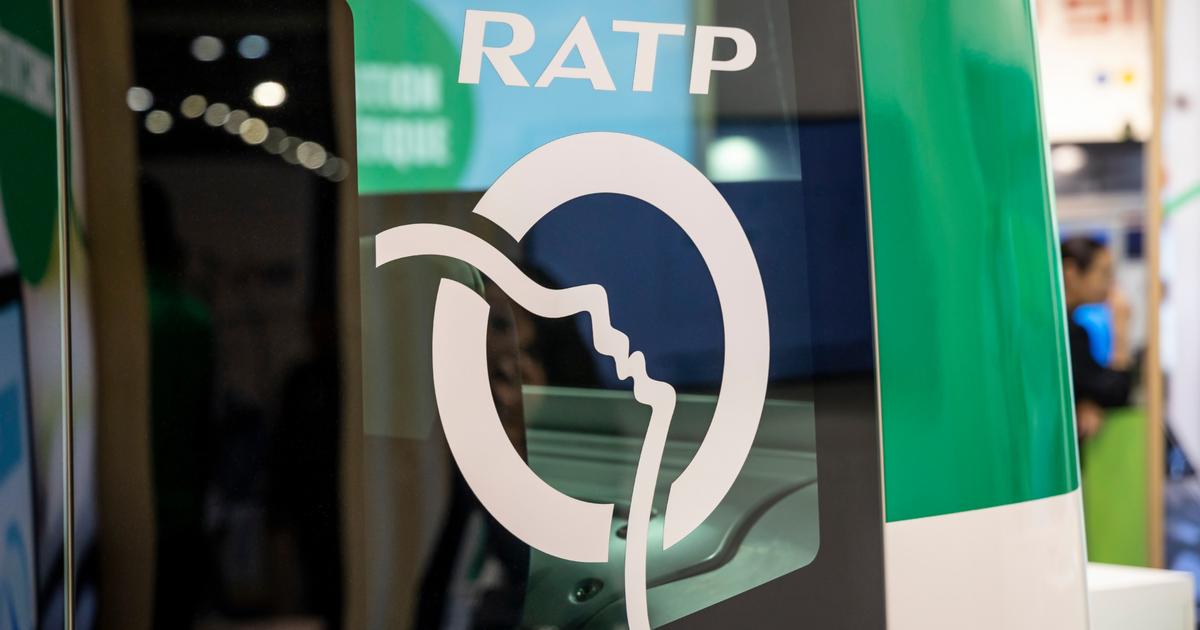Laura Garcia
08/09/2020 - 19:03
- Clarín.com
- Economy
- Economy
"A stressed foreign exchange market with the Central Bank selling dollars every day." This is how Fernando Marull, from FMyA, defines this post-exchange dollar, which gave no truce despite the announcement of the long-awaited agreement with the large bondholders. And that it will continue under pressure in an environment in which we barely cross out one of the many questions that today feed the exchange rate gap.
"After the announcement of the swap, the BCRA lowered the devaluation to 0.5 cents a day (from 0.6 the previous week) but then accelerated and rose to 0.8. Result? Likewise, it sold US $ 50 million a day. Unsustainable "sums up Marull. The Central had already come off US $ 570 million in July.
In turn, the blue one went from a floor of $ 128 to $ 133 during the week, while the cash with liquidation - the operation in the Stock Exchange that allows dollars to be made abroad - recovered from a minimum of $ 119 to $ 126.5, a gap of almost 74%.
What are the causes of this exchange rate tension that does not ease? There are several. The rigid controls that left the financial dollars converted into an increasingly smaller market with no supply and the waiting time until the end of the month the level of adherence achieved in the exchange is effectively known play their part.
More fundamental questions are added: there are too many pesos in the economy and it is expected that there will be even more . There is an abundance of pesos for the so-called "precautionary demand" or preventive that the quarantine generates but that, nevertheless, little change hands due to physical restrictions. A liquidity that will eventually have to be managed when the activity normalizes and turns to the market.
And, on the other hand, there are no indications that the deficit will be reduced in such a way that it is not necessary to continue issuing to close the fiscal gap, so the expectation is that the mass of pesos will continue to grow.
Martín Vauthier, from Eco Go, explains in reference to financial dollars: " The intensity of regulations discourages supply and generates a market with little liquidity that, with some demand, ends up being very pressured."
"As for the debt agreement, the market is still waiting for August 24, which can be passed without noise until that date, and the announcement of the results. That is what will allow to definitively clear the uncertainty around the debt, "he says.
Gabriel Caamaño, from Consultora Ledesma, contributes: "You have a lot of pesos derived from the issue. You see this in high monetary aggregates in relation to GDP, especially transactional pesos (current and demand accounts) and the speed of circulation is low. Therein lies the fear: how is that going to be corrected, how is that risk going to be managed. "
Along these lines, Vauthier adds: "In these months, the demand for assets in pesos was helped by transitory factors that anesthetized inflation. Less money circulation, greater precautionary demand. But that will lose effect as the economy goes off. And of course, the great challenge is to sustain that demand by making the stocks more flexible, which ultimately puts a ceiling on recovery. "
And the basic problem, the deficit. Caamano synthesizes it like this: "The cause of many pesos is the fiscal deficit and here there are two questions. How much and at what rate is it going to shrink and how the remainder is going to be financed. Regarding financing, it is clear that most it will continue to be via monetary issuance and regarding the evolution, there are many doubts ".
"The Government is not giving many signs of adjusting spending . In reality it is giving signs that the deficit is going to be reduced on the side of raising taxes, either by explicit increases in aliquots or tax base, or by recovery of the tax base. collection, "he says.
"In order for the gaps to loosen," he summarizes, "progress should be made in the agreement with the IMF, in the chapter on local debt, and there should be a plan, something clearer about how the fiscal path will be. Obviously. If you have a plan that doesn't close anywhere, it doesn't work either . "












/cloudfront-eu-central-1.images.arcpublishing.com/prisa/DIAGMBIFCBFTJADD5SB7GXXY2A.jpg)

